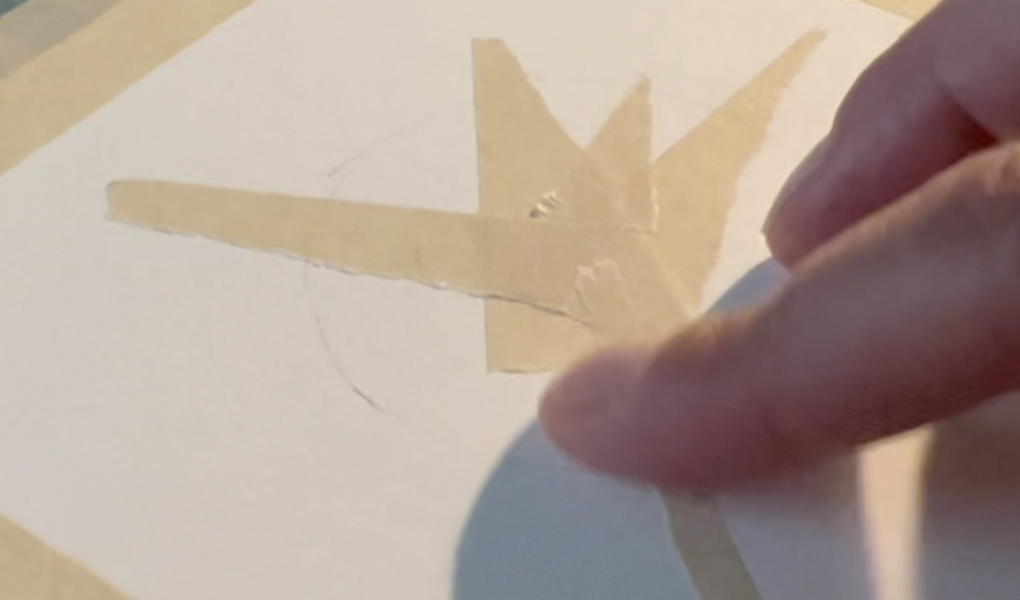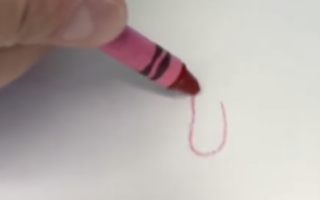I just came off of a ten-week tenure teaching watercolour techniques at my local community centre.
Having facilitated many hundreds of newbie painters at my prior job in the museum drop-in art room, I was aware of one participant absolute. Regardless of the creative aptitude of the student, there was ALWAYS without fail, a feeling of great joy when the masking tape border was removed. It was consistently rewarding; an action that brought predictable smiles along with ooo’s and aah’s, ending not only the activity but also the demands for further consideration. It was a finite maneuver and a satisfying cleansing conclusion.
Masking in general seems to bring about the same gratification regardless of where it is introduced in the process. So much so that I gleefully provided a frisket masking liquid, clear wax (from a candle), and tape to use in many of my watercolour lessons. I joked that the liquid was banned from my own watercolour education because my instructors wanted me to learn without its reliance, when truthfully I think it may have had more to do with the expense. Was it really cheating? And when it comes to the artistic flow what is cheating anyway.
There is just something about peeling away that tape and revealing that sharp clean edge.
I would explain to my students about the study of ASMR or autonomous sensory meridian response -defined as that heebie-jeebie effect you get when something good happens, and how peeling tape is like a tickle for your brain. This conversation would often digress into discussion of YouTube and TikTok creators who financially benefit from subscribers who like to watch similarly satisfying actions like mowing overgrown lawns, scrubbing grubby bathtubs, and detailing dirty cars. Peeling tape from a painting is just like that; its a micro-achieving, ASMR action.
So… tape, paint, and peel… and see how good it feels.



